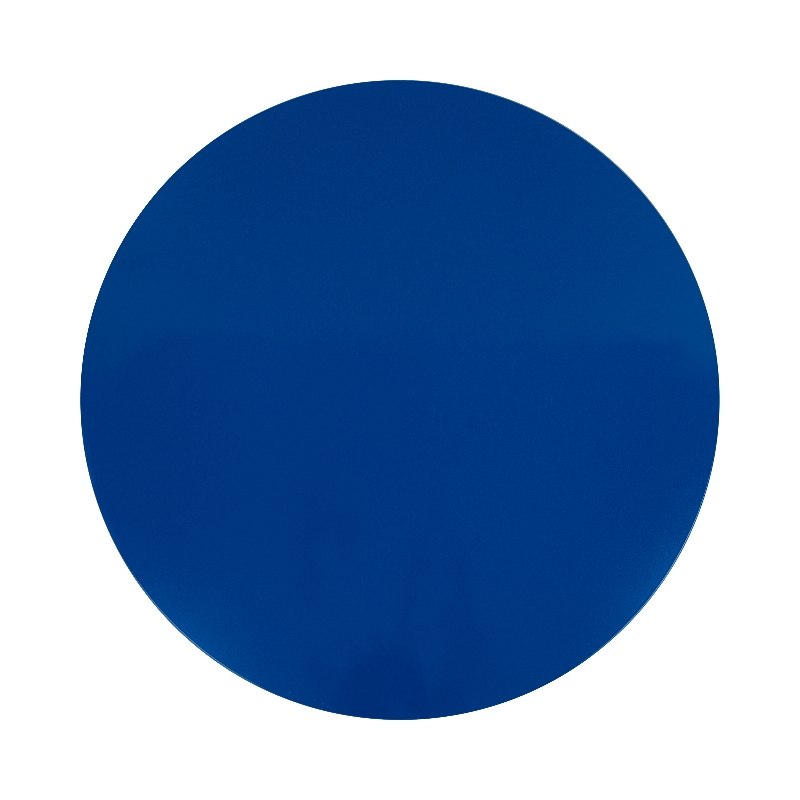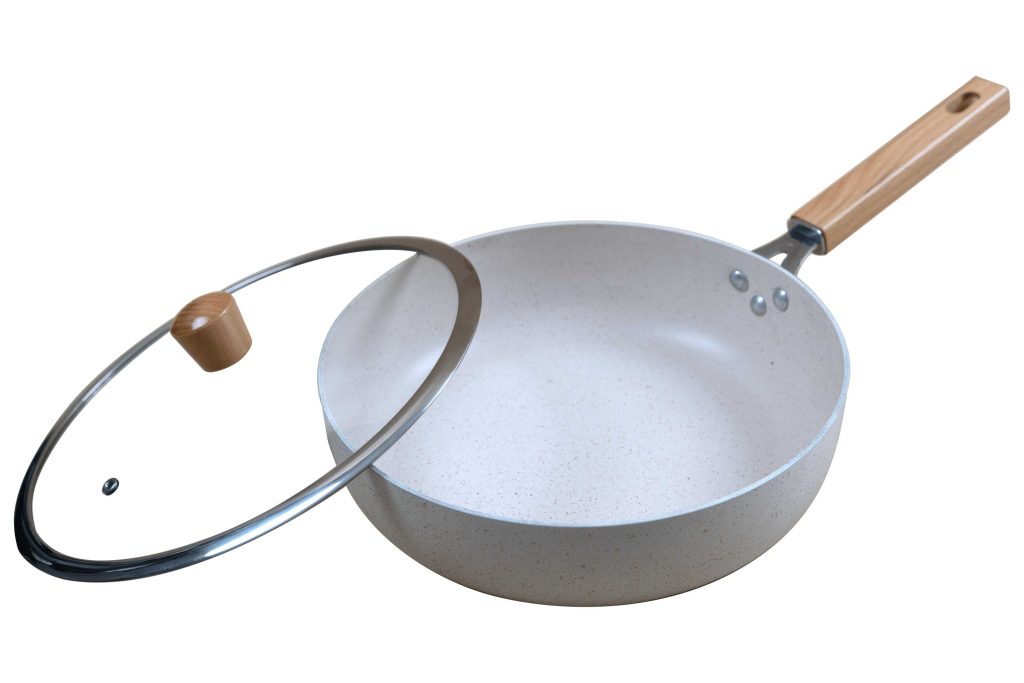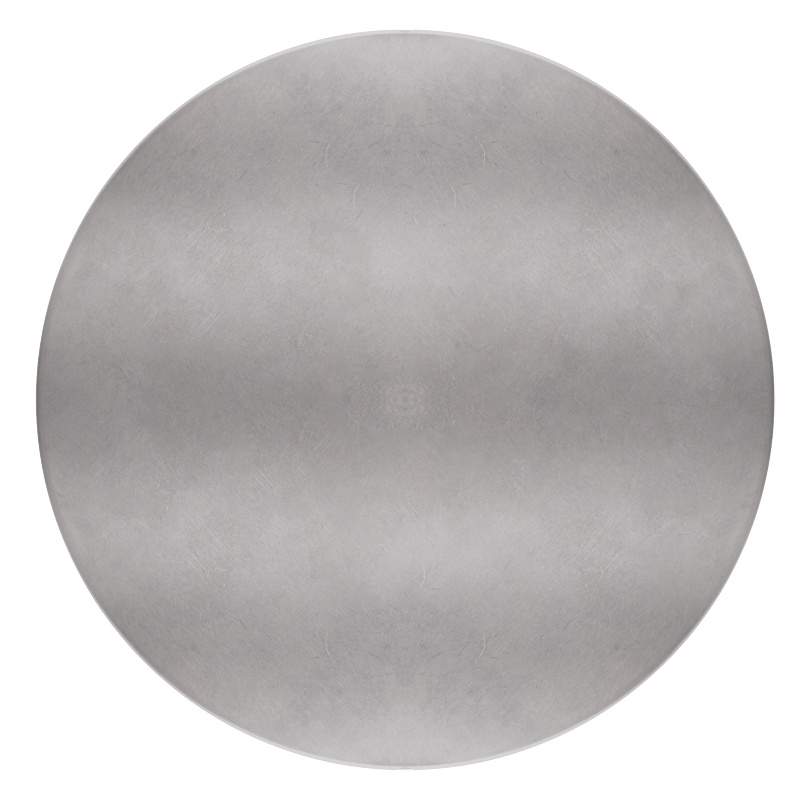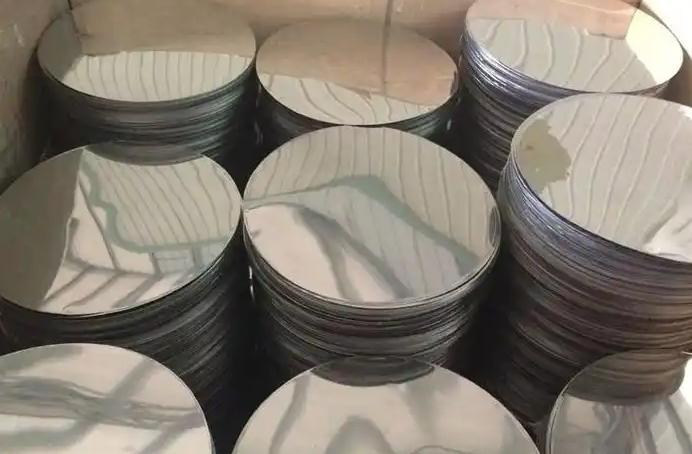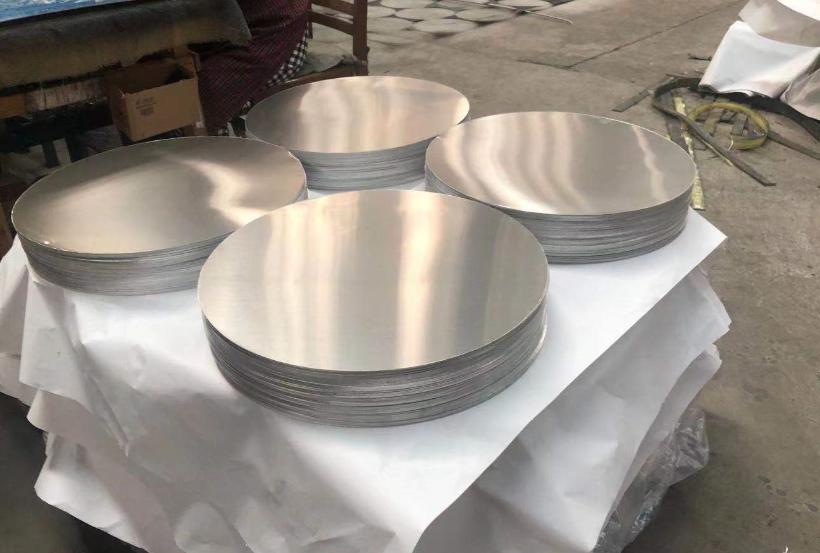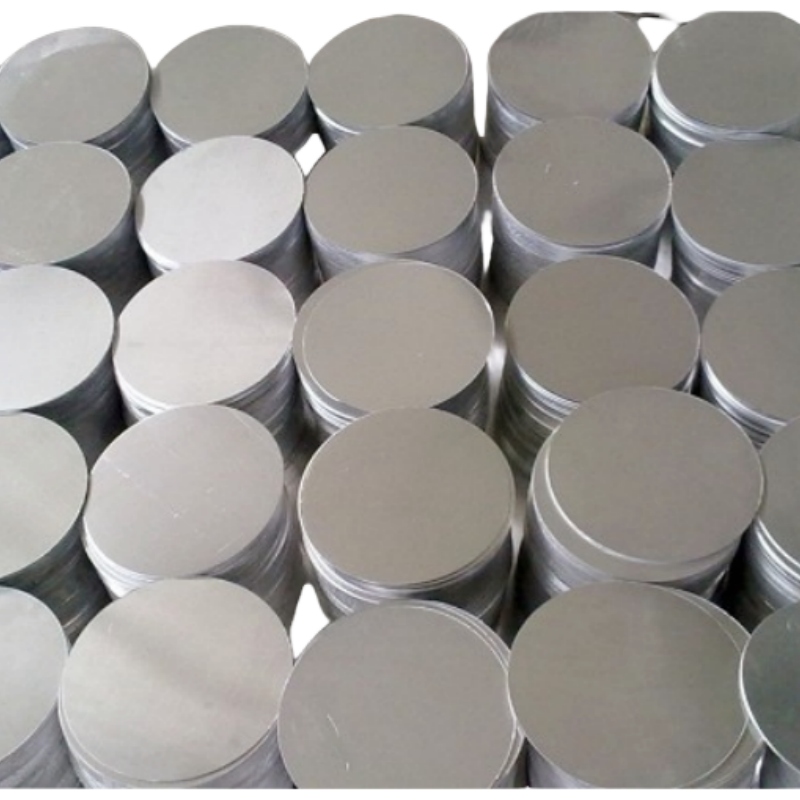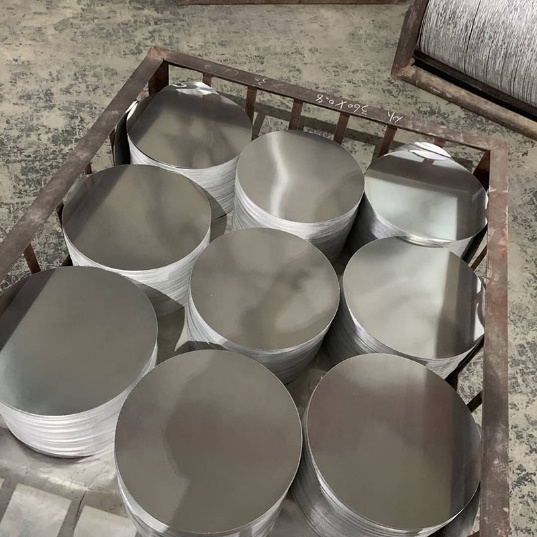Aluminium Circle vs. Stainless Steel Sheet: A Cost and Performance Breakdown for Kitchenware
If you are considering procuring raw materials for Kitchenware, this guide will help you choose the best type suitable for your needs. Let’s break it down.
The Procurement Dilemma in Cookware Manufacturing
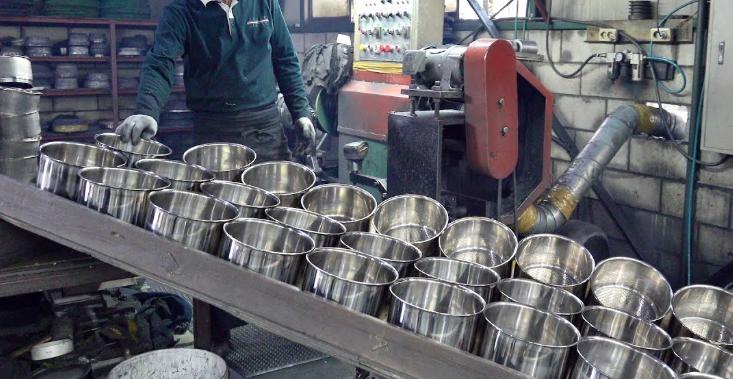
For cookware raw material procurement managers, it is not technically a selection of the right raw material—having some special advantage in the production of cookware—it is strategic. Aluminum circles and stainless steel sheets are the front runners with special advantages for cookware production.
Aluminum circles, produced from rolled aluminum coils, are widely used in pressure cookers, non-stick pots, and pans due to high heat conductivity and lightness. Stainless steel sheets, on the other hand, dominate the premium cookware market with unmatchable strength, resistance to corrosion, and customer confidence.
However, the decision to source one material or the other depends on total cost of ownership (TCO), processing complexity, logistics, and end-market demand. This article provides cost and performance comparison to help procurement professionals make an informed choice.
Market Overview: Aluminum vs. Stainless Steel in Kitchenware
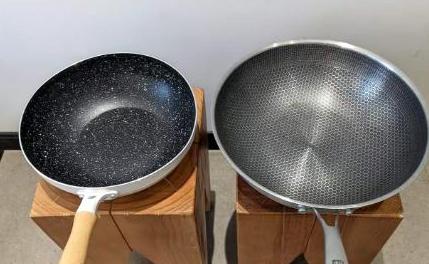
The global kitchenware sector reflects two general material trends: aluminum circle discs for low-end cookware and stainless steel sheets for premium items. Sourcing managers like to keep a close eye on these trends because raw material selection directly affects both production costs and product positioning.
- Aluminum circles have widespread uses in Asia, Africa, and Latin America, where the demand for cheap and light cookware renders them the most popular choice among consumers. Manufacturers adore aluminum because of its high thermal conductivity, formability, and shorter production cycles. Aluminum is the backbone of mass-market cookware production, from frying pans to pressure cookers.
- Stainless steel sheets, however, are the champions in the European and North American markets. Consumers in these markets associate stainless steel with strength, corrosion resistance, and professional kitchen performance. Although more expensive to acquire and process, stainless steel enables cookware businesses to build a premium image and reduce after-sales grievances regarding product durability.
From a procurement perspective, the supply chain context also differs. Aluminum has a broader Chinese and Indian production base, with guaranteed availability and competitive lead times. Stainless steel is exposed to higher international nickel and chromium price fluctuations, involving higher procurement risks. With an understanding of such market trends, buyers are able to align sourcing strategies with regional consumer demands and long-term profit goals.
Cost and Performance Breakdown
In selecting aluminum circles and stainless steel sheets for cookware, procurement managers have to take into account raw material prices, process complexity, transportation, and final product performance.
- Aluminum circles are generally less expensive in raw material and simpler to produce. They allow for faster stamping, deep drawing, and forming, reducing tool wear and energy consumption. Lightweight aluminum also lowers transportation cost, making it very suitable for high-volume, low-price manufacturing. Aluminium is weaker, more prone to denting, and may react with acidic food unless coated.
- Stainless steel sheets are more expensive upfront but provide added durability, corrosion resistance, and premium market appeal. Higher forming pressure and specialized equipment in processing cost more but result in long-lasting cookware for commercial products. Increased weight means increased cost for logistics but durability of the material and brand positioning tends to justify the cost.
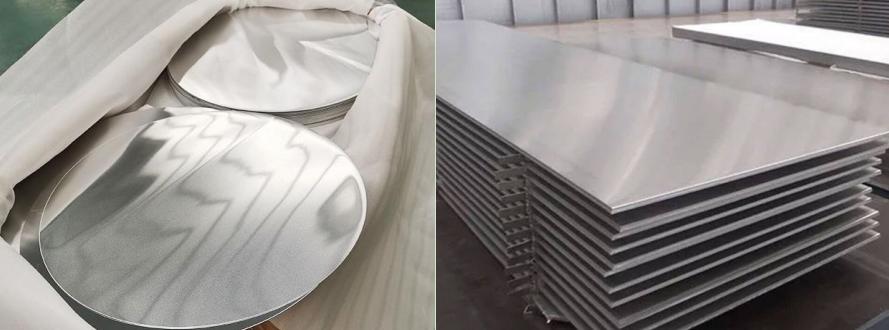
Comparison Table: Aluminum Circle vs. Stainless Steel Sheet
For buying managers, an easy comparison between stainless steel sheets and aluminum circles means examining real-world sourcing and operational factors beyond basic cost and heat performance. This includes material availability, supplier reliability, processing flexibility, and total lifecycle value.
Aluminum circles excel in large production environments by offering stable supply via multiple suppliers, adaptable thickness, and minimal machine strain in stamping or deep drawing. These properties reduce downtime during manufacturing and improve production efficiency. The lower hardness and reactivity of aluminum to certain food ingredients require careful coating and handling to maintain product quality.
Stainless steel sheets are better suited to higher-end cookware lines where strength, corrosion resistance, and brand reputation are the priorities. Procurement considerations include lead time management, as supply is subject to alloy availability and production runs, and increased handling requirements due to sheet weight. Stainless steel also provides greater compatibility with multi-layer or clad constructions, which is appealing to manufacturers who market to professional kitchens or provide long-term product warranties.
| Procurement Factor | Aluminum Circle | Stainless Steel Sheet |
| Supplier Availability | High; many regional suppliers | Moderate; fewer mills, dependent on alloys |
| Processing Flexibility | High; easy stamping and deep drawing | Moderate; requires stronger machinery |
| Lead Time | Shorter; stable production | Longer; sensitive to nickel/chromium supply |
| Lifecycle Value | Moderate; lower durability | High; long-lasting, premium positioning |
| Handling & Logistics | Lightweight, easier to transport | Heavy, requires careful handling |
By evaluating these factors, you can align material choice with production strategy, market demands, and cost optimization, ensuring a balance between operational efficiency and product quality.
Which Buyers Should Choose Aluminum vs. Stainless Steel?
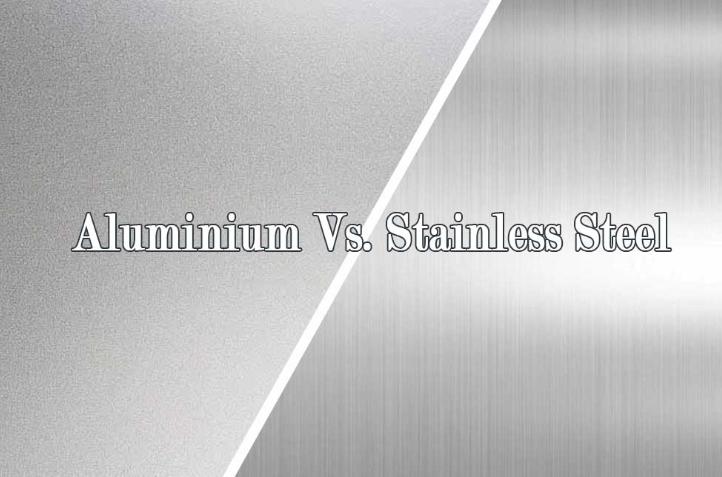
For procurement professionals in the cookware industry, the choice between aluminum circles and stainless steel sheets comes down to cost vs. performance alignment with target markets.
Aluminum circles are the go-to for high-volume, cost-sensitive production, offering lightweight efficiency and excellent heat conductivity.
Stainless steel sheets provide a longer-term investment for brands seeking durability, premium appeal, and consumer trust.
That is to say, the smartest procurement strategy is not just about comparing price per ton, but evaluating the total cost of ownership, logistics, and market demand. By aligning material sourcing with consumer expectations and manufacturing capabilities, buyers can secure a competitive advantage in the global cookware market.
| Buyer Profile | Recommended Material | Key Considerations |
| Cost-sensitive, high-volume | Aluminum Circle | Lightweight, fast production, lower raw cost |
| Premium, long-lifespan | Stainless Steel Sheet | Durability, corrosion resistance, brand appeal |
| Export-focused markets | Aluminum Circle | Lower freight costs, stable regional supply |
| Professional kitchen products | Stainless Steel Sheet | Multi-layer compatibility, premium perception |
This approach helps procurement managers match material choice with strategic goals, ensuring both operational efficiency and market competitiveness.
Final
For a cookware manufacturing purchaser, the choice between aluminum discs and stainless steel sheet comes down to cost, performance, and target market fit.
In summary, aluminum discs are the preferred choice for high-volume, cost-sensitive production, offering lightweight, high efficiency, and excellent thermal conductivity. Stainless steel sheet, on the other hand, represents a long-term investment for brands seeking durability, premium appeal, and consumer trust.
The smartest sourcing strategy involves not only comparing price per ton but also evaluating total cost of ownership, logistics, and market demand. By aligning material sourcing with consumer expectations and manufacturing capabilities, buyers can gain a competitive advantage in the global cookware market.
Conclusion
In summary, aluminum cookware is safe with proper use. For quality options, Lanren Aluminum’s cookware stands out. Their range includes durable anodized and reliable non-stick options, ensuring safety and performance for everyday cooking.
Related Products

